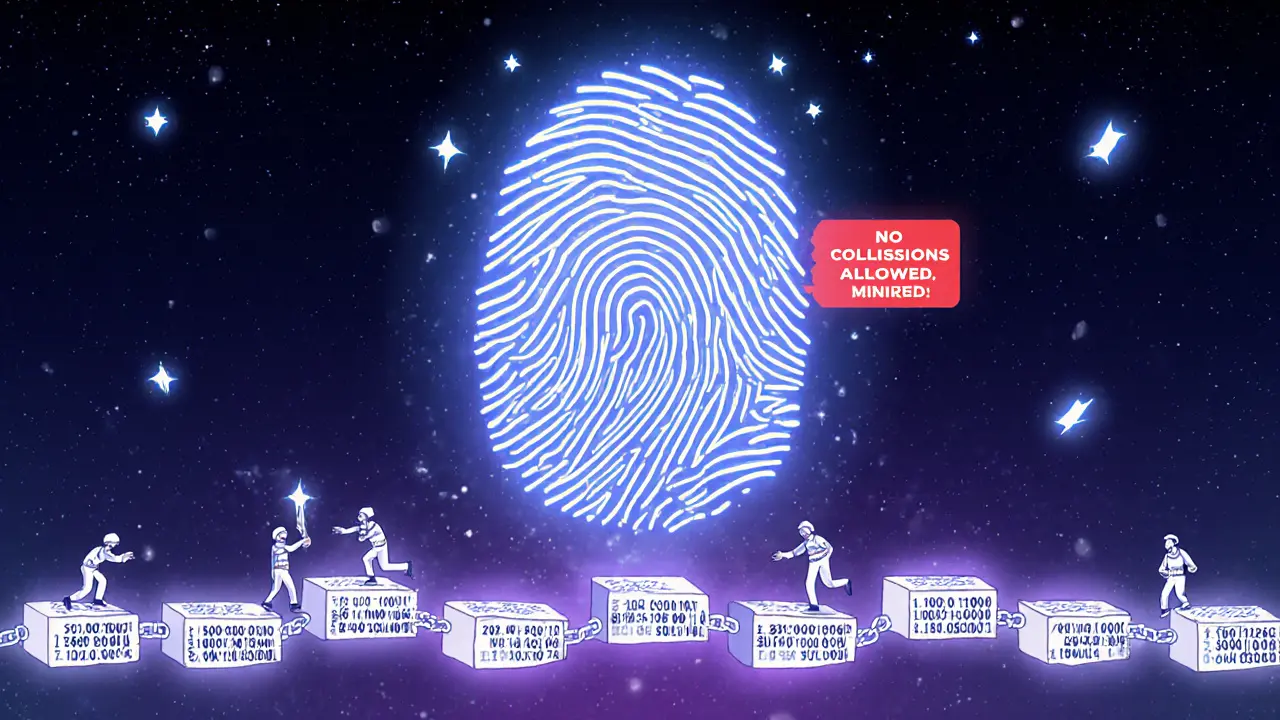SHA-256: What It Is and Why Bitcoin Relies on It
When you hear about SHA-256, a cryptographic hashing function that turns any input into a fixed 256-bit string. Also known as Secure Hash Algorithm 256-bit, it’s the invisible lock that keeps Bitcoin’s ledger safe from fraud. Every Bitcoin transaction, every block, every miner’s solution — all of it depends on SHA-256 to work. Without it, Bitcoin wouldn’t be able to prove who owns what without a bank or central authority.
SHA-256 isn’t just a math trick — it’s a one-way street. You can feed it any data — a sentence, a file, a number — and it’ll spit out a unique 64-character hash. But if you try to reverse it? Impossible. That’s what makes it perfect for Proof-of-Work, the system Bitcoin uses to validate transactions and add new blocks. Miners race to solve a SHA-256 puzzle: find a number that, when combined with the block data, produces a hash starting with a certain number of zeros. It takes massive computing power, which is why specialized hardware (ASICs) dominates mining. And that’s also why it’s so hard to hack — changing one transaction would mean redoing all the work on every block after it.
SHA-256 also ties into blockchain security, how each block links to the one before it using its hash. If someone tries to alter a past transaction, the hash changes. That breaks the chain. Every node on the network checks this instantly. It’s not magic — it’s math that’s stood the test of time. Even with quantum computing on the horizon, SHA-256 has held up for over 15 years. No other algorithm has matched its balance of speed, security, and decentralization.
That’s why Bitcoin still uses it — not because it’s perfect, but because nothing better has proven itself. Alternatives like Scrypt or Ethash were tried in other coins, but none offered the same level of battle-tested reliability. SHA-256 doesn’t just secure Bitcoin — it’s the reason Bitcoin exists in the first place.
Below, you’ll find real-world examples of how SHA-256 shows up in crypto — from mining rewards to security audits, regulatory fines, and even failed projects that never understood its importance. Whether you’re curious about why Bitcoin mining is so energy-heavy, or why some tokens get hacked while Bitcoin doesn’t, the answers start here.
